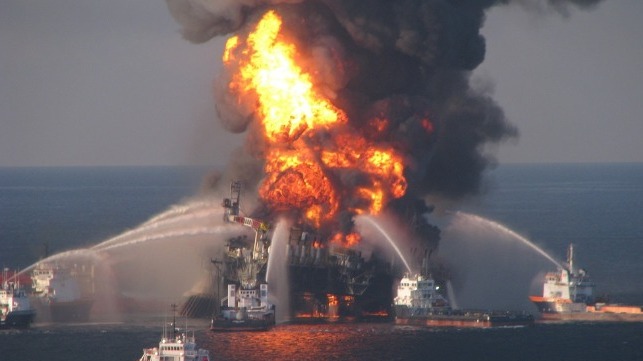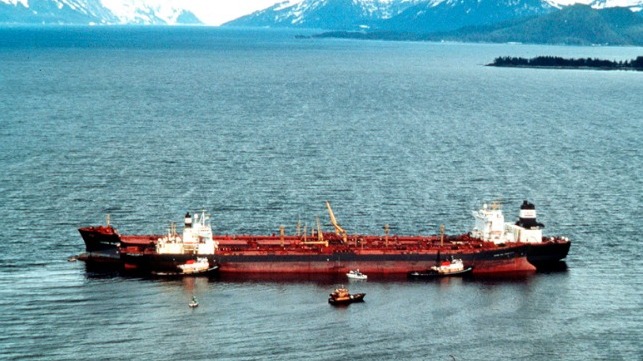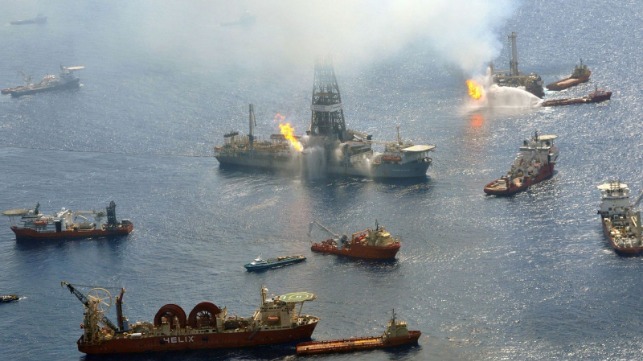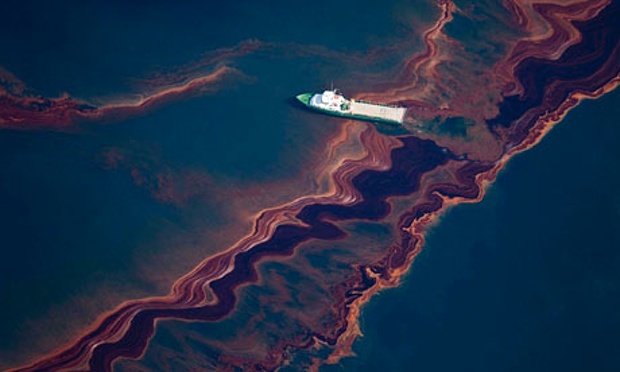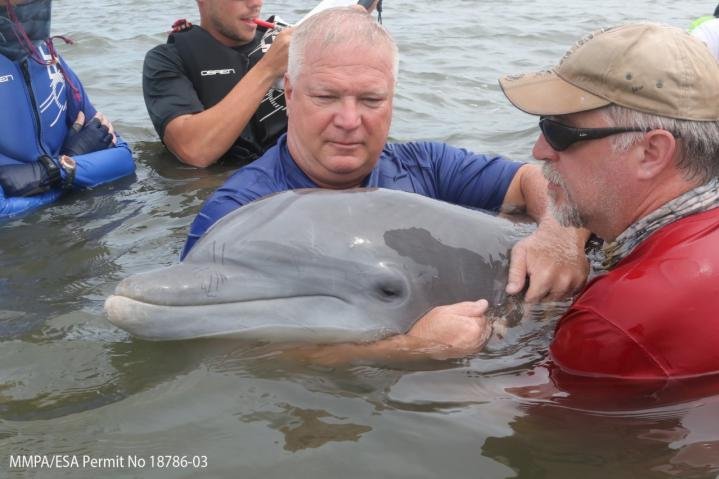Jonathan Chadwick For Mailonline - Yesterday
Traces of oil from BP's Deepwater Horizon disaster are still present more than 10 years after the devastating spill, a new study reveals.
Researchers have looked at the long-lasting effects of the explosion in April 2010 in the Gulf of Mexico on the BP-operated Macondo Prospect.
They say small amounts of 'highly weathered oil residues' from the disaster were still present in the surroundings as recently as 2020.
Oily layers coated grasses along the shorelines and some particles even sank to the seafloor, staying there for a decade.
After the Deepwater Horizon spill on April 20 2010, 210 million gallons (795 million litres) of live oil poured into the Gulf of Mexico over the course of 87 days.

Small amounts of highly weathered oil residues from the 2010 Deepwater Horizon disaster were still present in the surroundings ten years later, a study shows.

Tendrils of crude oil cover the waters of the Gulf of Mexico following the explosive sinking of the BP operated Deepwater Horizon oil drilling rig on April 26, 2010

Oil slicks covered an estimated area of 57,500 square miles (149,000 square km) – an area the same size as England and Wales combined.
Staring on April 20, 2010 and lasting 84 days, it was the largest, longest lasting and deepest oil spill accident in US waters.
The new study has been led by Edward Overton, a professor at Louisiana State University's Department of Environmental Sciences in Baton Rouge, Louisiana.
'The better we understand the chemicals and their chemical reactive properties as well as their physical properties, the better we will be able to mitigate oil spills and understand and detect environmental damages from oil spills,' he said.
Related video: How to clean the world's most polluted rivers (CNBC)Duration 13:59 View on Watch
THE DEEPWATER HORIZON DISASTER: WHAT HAPPENED?
On the night of April 20, 2010, the Deepwater Horizon, a rig owned by Transocean Ltd., burst into flames after drilling a well for BP PLC, killing 11 workers on or near the drilling floor.
The rest of the crew evacuated, but two days later the rig toppled into the Gulf and sank to the sea floor. The bodies were never recovered.
Over the next 85 days, 206 million gallons of oil - 19 times more than the Exxon Valdez spilled - spewed from the well.
In response, the nation commandeered the largest offshore fleet of vessels since D-Day, and BP spent billions of dollars to clean up the mess, saving itself from collapse.
BP was suspended from performing any new government work in America in November 2012, after it agreed to plead guilty and pay a $4.5billion fine (£2.8billion) for criminal charges over the disaster.
But it left lingering oil residues which have altered life in the ocean by reducing biodiversity in sites closest to the spill.
'Our paper describes the most abundant chemicals that make up typical crude oil and their potential fates in the environment.'
Overton and his collaborators focused on the components that were present at the highest concentrations in spilled oil and those that are the most toxic, as listed on the US Environmental Protection Agency's priority list.
By collecting and analysing samples from the water, seafloor and surrounding shorelines in numerous response studies, they followed 'chemical transformations' that occurred in the following months and years.
Once released into the environment, significant portions of the oil evaporated into the air (between 30 per cent and 40 per cent), they found.

Water-soluble chemicals dissolved relatively quickly into the sea and were biodegraded by marine organisms.
However, this was not true for all of the spilled oil's components, as oily layers coated the shorelines grasses and some particles even sank to the seafloor.
Large portions of the spill also underwent sun-dependent chemical transformations or were degraded by microbes.

'Oil's compounds are a type of material that can be degraded by sunlight and marine bacteria (biodegradation), in contrast to other types of pollutants such as the chlorinated pesticides like DDT,' said Professor Overton.
'Oil spills release lots of chemicals quickly and most damage from oil spills occurs fairly soon after the spill.'
The team also said oil goes through transformations that are dependent on the local conditions and weather, which makes them difficult to predict for future spills.
'Environmental circumstances surrounding specific spills greatly affect how quickly the compounds can react, what they cover or coat and how much oxygen can be taken up in critical habitats,' said Professor Overton.
The study has been published today in the journal Frontiers in Marine Science. Read more


